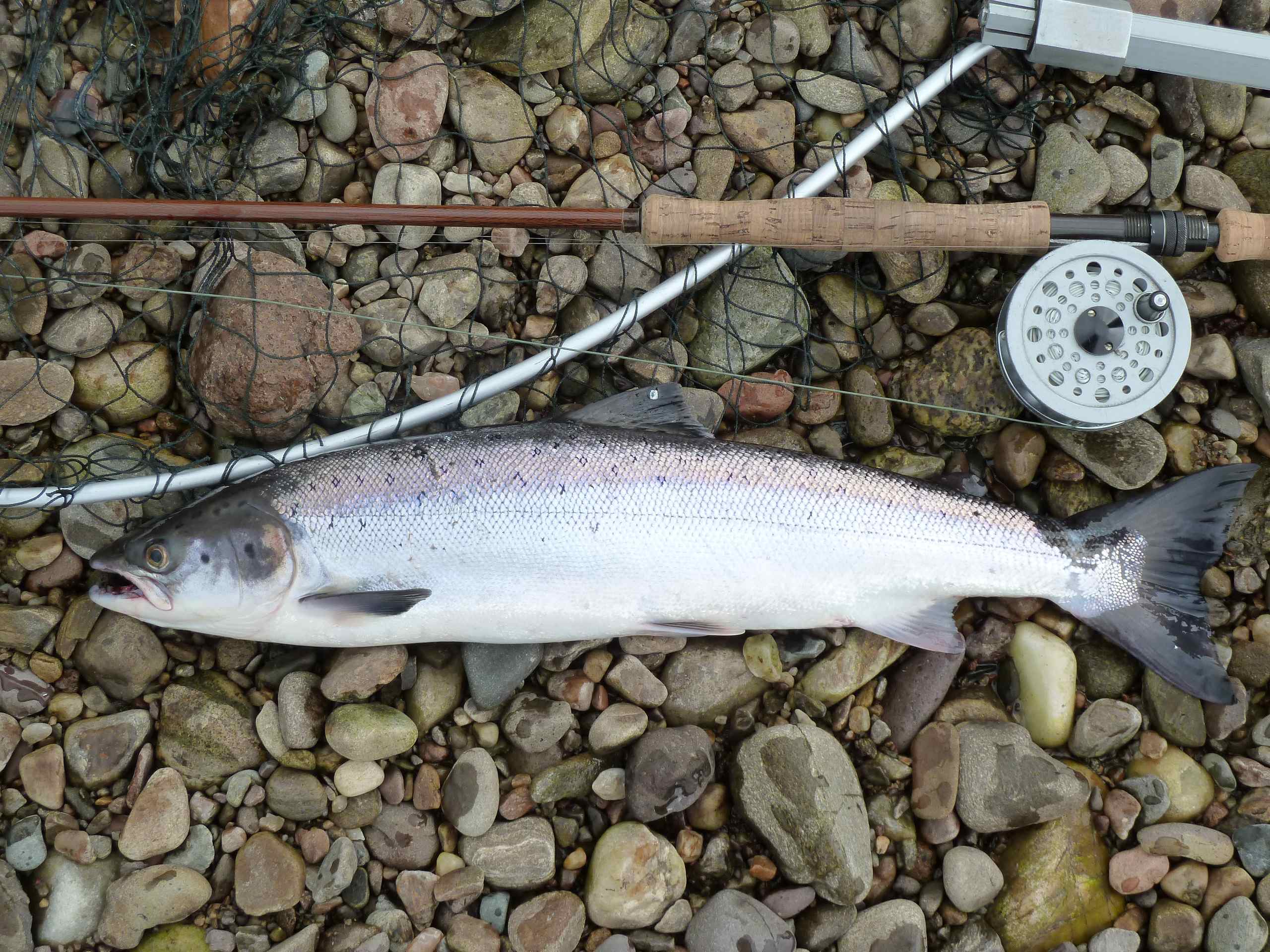
IT IS bewildering to have to digest the variety of conflicting reports on the status of Scotland’s Atlantic salmon population in recent weeks.
There have been concerns over disappearing grilse as the Daily Telegraph reported in June; growing disparity between west and east coast rod catches according to a Rivers and Fisheries Trusts of Scotland (RAFTS) study broadcast by BBC Scotland.
This was followed up by the BBC last week in a news item declaring salmon were now growing to bumper sizes in Scottish rivers according to some “leviathans” being landed this summer.
Finally, the Scottish Government has announced its annual salmon and grilse catch returns for 2010 which reveal the highest total since records began in 1952, but come with a stark warning of lean times ahead because fewer salmon are surviving long enough at sea to return to spawn.
What Joe Public makes of it all, one can only wonder.
In June, the Daily Telegraph reported that average grilse sizes and densities were shrinking – by a third in weight and by a tenth in numbers. It quoted a study of a single unnamed Scottish river, for the findings – part of the large-scale international SALSEA project.
Perhaps we should, however, wait until December for the official results of the three-year €5.5 million project before jumping to too many conclusions.
SALSEA-Merge is a multi-national scientific study funded largely by the EU. And it involves the most extensive research ever carried out into the marine phase of the life cycle of Atlantic salmon.
The purpose of the conference, organised by the Atlantic Salmon Trust (AST) one of the project co-sponsors, is to explain some of the implications, and possible applications, of the new data for fishery managers in ways which are accessible to the non-scientist. December 13 is a date for your diary.
Meanwhile, Marine Scotland’s 2010 figures which emerged at the weekend, showed rod catches of salmon at their highest level on record, with 110,496 salmon and grilse caught.
This is an increase of 31 per cent on the previous five-year average. One in seven fish was released live rising to 86 per cent for spring salmon suggesting anglers are heeding repeated calls for greater catch-and-release of wild fish.
Sea trout too showed a positive trend. There were 27,704 caught in 2010, 34 per cent higher than the previous five year average; 72 per cent were caught and released.

The results were sufficient to prompt Rural Affairs Secretary Richard Lochhead to express delight at the record returns. But the minister who faces a constant struggle to balance commercial salmon production with sporting and wild fish interests, managed only an anodyne response on interpretation:
“These figures come on the back of some successful years, although we must remember that salmon numbers can be affected by many factors. These results illustrate the commitment of many anglers on our salmon rivers to forward looking management.”
It is, of course, wise not to read too much into bald figures. Marine Scotland itself acknowledges that the figures are not tempered by any statistics about “fishing effort”, in other words the numbers of rods taking part.
They also admit that no attempt is made to correct that statistics for non-returns or incomplete coverage of existing fisheries. Buried among the extensive tables of 2010 figures, you can find that return rates from the 109 fishery districts across the country have been declining gradually since 1997 and now stand at 92%, enough to affect the overall statistics.
Any euphoria about record returns needs to be tempered by detailed understanding of the facts behind the figures, and here the Marine Scotland scientists issue a grim warning.
The 2010 results “may be taken as providing some evidence for a sharp, short-term increase in the numbers of fish both returning to home waters and entering freshwater,” they found.
They also point out that the number of fish being caught by nets and fixed-engine boats remains at low levels. Consequently, the decline in the netting industry has allowed a greater proportion of the fish to enter Scotland’s rivers, resulting in more escaping to spawn and being caught by anglers using rods.
However, net catches are now less that 8% of those taken 50 years ago and this buffering has been almost completely used up. They conclude that if marine survival continues to decrease, rod catches may decline and ultimately spawning populations may be at risk.
This bleak outlook is further underlined in the report which explains that ‘although rod catch as a whole has shown an increase over the last 50 years, the numbers of spring salmon in the catch have declined markedly.”
Spring fish are thought to be major contributors to the populations which spawn high in the catchments of Scotland’s largest salmon rivers and declines in the spring catch mirror declines in the number of adults returning to these upper catchments.
The scientists say this is consistent with the adult return data collected by the department from its monitored sites on upper tributaries of the Aberdeenshire Dee.
Related stories:
Not Exactly Fishing: Lies, Damned Lies and Catch Returns
2010 a bumper year say scientists